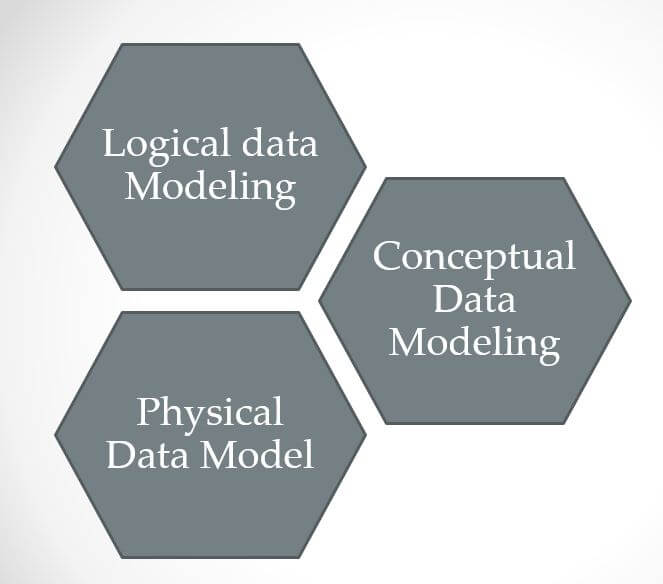ETL Testing
What is ETL?
Types of ETL Testing
ETL tools
ETL Testing tools
Why ETL Testing ?
ETL Testing Process
Responsibilities of an ETL Tester
ETL Testing Challenges
Data Ware Housing
Data Modelling
Data Mining
OLTP Vs OLAP
Test Scenarios for ETL Testing
ETL Testing Bugs
SQL Queries Used in ETL Testing
DataBase Testing Vs ETL Testing
Types of ETL Testing
ETL tools
ETL Testing tools
Why ETL Testing ?
ETL Testing Process
Responsibilities of an ETL Tester
ETL Testing Challenges
Data Ware Housing
Data Modelling
Data Mining
OLTP Vs OLAP
Test Scenarios for ETL Testing
ETL Testing Bugs
SQL Queries Used in ETL Testing
DataBase Testing Vs ETL Testing
Data Modeling (Conceptual, Representational & Physical)
What is Data Modelling?
- The process of creating a model for the storage of data in a database is termed as data modeling.
- A data model is a conceptual representation to express and communicate business requirements
- A data model is used to organize a company’s data for internally developed applications and systems, for reporting and analytics,
- It is normally the first stage in database design and object-oriented programming.
- This process requires data modelers who work correctly with stakeholders and prospective IT users.
- Data models help represent what data is required and what format is to be used for different business processes
- Data models are living documents that evolve along with changing business needs. They play an important role in supporting business processes and planning IT architecture and strategy.
- A qualified data model helps in providing better consistency across all projects of an enterprise.

Types of Data Models
Data Modeling traditionally gets completed in three stages which are Conceptual, Representational, and Physical Modeling.
Conceptual Data Model:
- It describes the database at a very high level and is useful to understand the needs or requirements of the database.
- It identify the highest-level relationships among different entities.
- A popular model is the entity/relationship model (ER model).
Representational Data Model:
- It is used to represent the logical part of the database and does not represent the physical structure of the databases.
- It allows us to focus primarily, on the design part of the database.
- A popular representational model is Relational model.
Physical Data Model:
- A physical data model primarily defines all the relational data models and objects of the database.
- Describe individual database tables, component columns and types, and details of keys and relationships while accounting for performance, access, and resource allocation.
Benefits of Data Models
- Can build applications at lower cost via data models and It can catch errors and oversights early
- Data modeling helps in improving business intelligence by making data modelers work closely with the ground realities of the project which include gathering data from multiple unstructured sources, reporting requirements, spending patterns, etc.
- A data model not only improves the conceptual quality of an application, it also lets you leverage database features that improve data quality
- It improves communication across the organization.
- Helps in documenting data mapping during the ETL process.
ETL Testing
What is ETL?
Types of ETL Testing
ETL tools
ETL Testing tools
Why ETL Testing ?
ETL Testing Process
Responsibilities of an ETL Tester
ETL Testing Challenges
Data Ware Housing
Data Modelling
Data Mining
OLTP Vs OLAP
Test Scenarios for ETL Testing
ETL Testing Bugs
SQL Queries Used in ETL Testing
DataBase Testing Vs ETL Testing
Types of ETL Testing
ETL tools
ETL Testing tools
Why ETL Testing ?
ETL Testing Process
Responsibilities of an ETL Tester
ETL Testing Challenges
Data Ware Housing
Data Modelling
Data Mining
OLTP Vs OLAP
Test Scenarios for ETL Testing
ETL Testing Bugs
SQL Queries Used in ETL Testing
DataBase Testing Vs ETL Testing
